Pink Toe Tarantula Bites Overview
The Pink Toe Tarantula (Avicularia avicularia) is a popular pet among arachnid enthusiasts, celebrated for its docile temperament and striking appearance. However, like any creature with fangs, they can bite. Understanding the nature of these bites, including their potential effects and the best course of action, is crucial for responsible pet ownership and anyone interacting with these fascinating spiders. This guide delves into the specifics of Pink Toe Tarantula bites, offering a comprehensive overview of what to expect and how to respond if bitten. This information aims to provide clarity, dispel myths, and ensure the safety and well-being of both humans and tarantulas.
Pink Toe Tarantulas & Their Defensive Mechanisms
Pink Toe Tarantulas, while generally not aggressive, possess several defensive mechanisms. Biting is one of them, but it’s usually a last resort. Their primary defense is their speed and the ability to flick urticating hairs, which cause intense itching and irritation. However, when threatened or startled, they might bite. Understanding these behaviors helps in preventing bites. The tarantula may also try to run away or hide if it feels threatened. Providing a secure and comfortable environment is key to minimizing stress and the likelihood of defensive behaviors like biting.
The Nature of Pink Toe Tarantula Bites
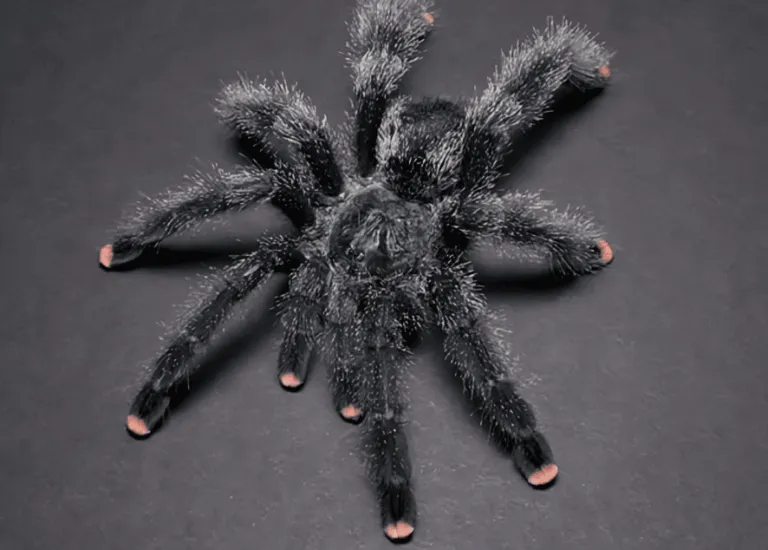
A Pink Toe Tarantula bite typically feels like a bee sting, accompanied by localized pain. The bite itself isn’t the primary concern; it’s the potential for secondary issues. Bites often occur due to mishandling, sudden movements near the tarantula, or accidental contact. The tarantula uses its fangs to inject venom, though the amount injected is usually small. The sensation can vary from a mild sting to a more pronounced pain, depending on the individual and the size of the tarantula. Immediately after a bite, the area might show redness and swelling, and you may feel a burning sensation.
Severity of a Pink Toe Tarantula Bite
The severity of a Pink Toe Tarantula bite is generally considered low for most people. The venom isn’t potent and primarily causes localized effects. However, individual reactions can vary. Some people experience only minor discomfort, while others may have more pronounced symptoms. It’s essential to monitor the bite site for any unusual reactions, especially if you have allergies. The bite itself is not usually life-threatening but requires attention to prevent secondary infections or complications. Proper care and monitoring are important to manage potential issues effectively.
Venom Characteristics
The venom of a Pink Toe Tarantula is not considered highly toxic. Its composition is designed for subduing insects rather than harming larger animals. The primary effects of the venom are localized, causing pain, swelling, and redness at the bite site. The venom’s impact is relatively short-lived, and severe systemic reactions are rare. Research on the venom’s specific components is ongoing, but current knowledge suggests it’s not a significant health risk for most humans. Understanding these characteristics helps to manage expectations and determine appropriate treatment strategies.
Allergic Reactions
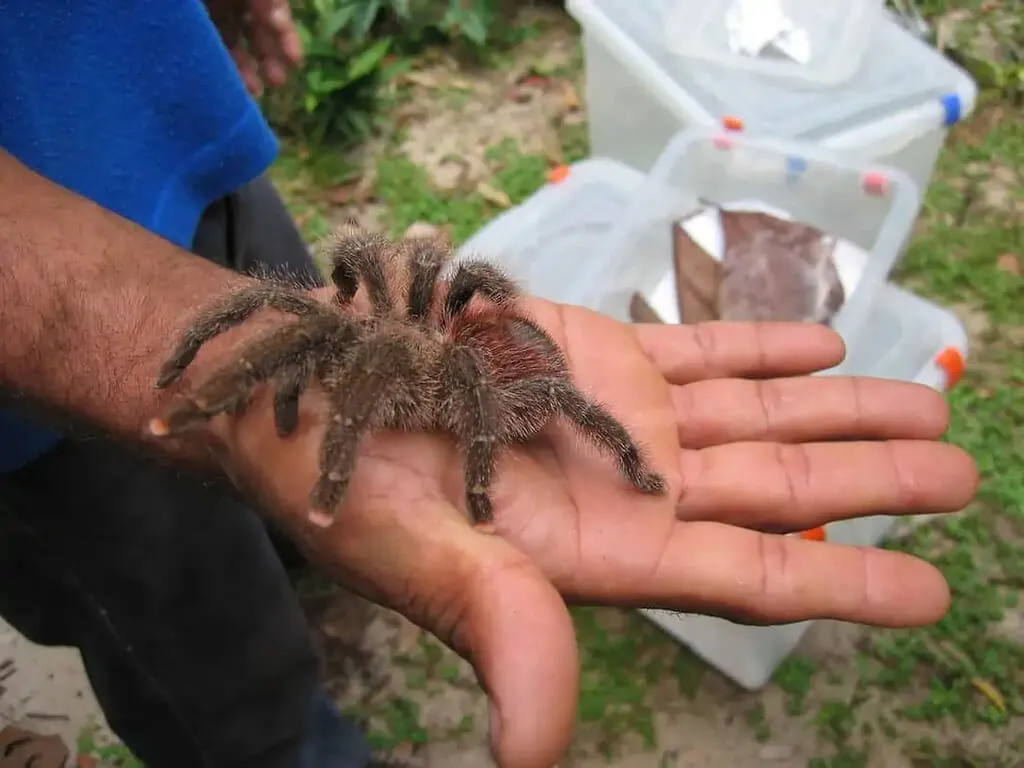
While rare, some individuals may experience allergic reactions to a Pink Toe Tarantula bite. These reactions can range from mild skin irritation to more severe symptoms such as difficulty breathing or anaphylaxis. It’s crucial to watch for any signs of an allergic response, especially in individuals with known insect bite allergies. If severe symptoms appear, immediate medical attention is necessary. Knowing your personal susceptibility to allergies is vital before handling a tarantula. Being prepared with appropriate medications, such as antihistamines, can be useful in case of a bite.
Top 5 Facts About Pink Toe Tarantula Bites
Fact 1 Nature of the Bite
Pink Toe Tarantula bites are typically a result of the spider feeling threatened, startled, or mishandled. The bite itself involves the tarantula using its fangs to inject venom, though the amount is usually minimal. The bite resembles a bee sting, causing localized pain and swelling. Most bites are not life-threatening but may lead to discomfort. Avoiding sudden movements and being cautious around the tarantula is the best way to prevent bites. Understanding the tarantula’s behavior can help prevent a bite.
Fact 2 Venom & Its Effects
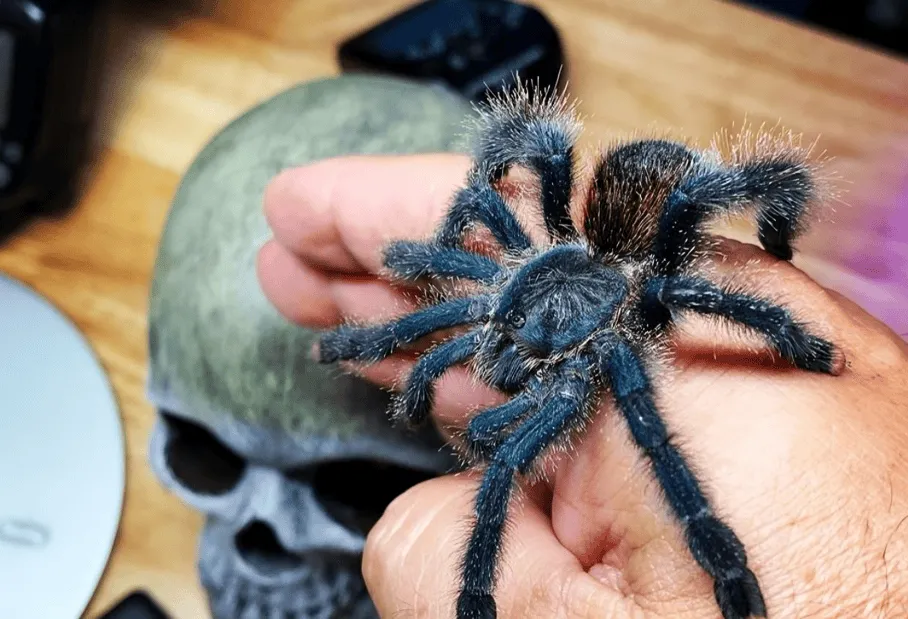
The venom of a Pink Toe Tarantula is not highly toxic to humans. Its primary purpose is to subdue prey. The effects of the venom are usually localized to the bite site, with symptoms including pain, redness, and swelling. Systemic reactions are rare, and the symptoms typically subside within a few hours or days. The venom’s mild nature means that serious complications are unusual, but monitoring the bite area is essential to prevent any secondary infections. The venom is less dangerous compared to some other spider species.
Fact 3 Treatment
Treatment for a Pink Toe Tarantula bite is primarily focused on managing symptoms. Clean the bite area with soap and water to prevent infection. Applying a cold compress can help reduce pain and swelling. Over-the-counter pain relievers can alleviate any discomfort. Monitor the bite site for signs of infection, such as increased redness, swelling, or pus. Seek medical attention if symptoms worsen or if you experience signs of an allergic reaction. Proper wound care and symptom management will speed recovery.
Fact 4 Prevention
Preventing a Pink Toe Tarantula bite involves responsible handling and understanding the spider’s behavior. Avoid sudden movements around the tarantula and never handle it if you are unfamiliar with its behavior. Always wash your hands before and after handling the tarantula to prevent contamination. Use appropriate tools like tongs or a container to move or interact with the tarantula safely. Ensuring that the tarantula feels secure in its habitat can minimize stress and reduce the likelihood of defensive behavior, including biting. Careful handling is key.
Fact 5 Myth Busting
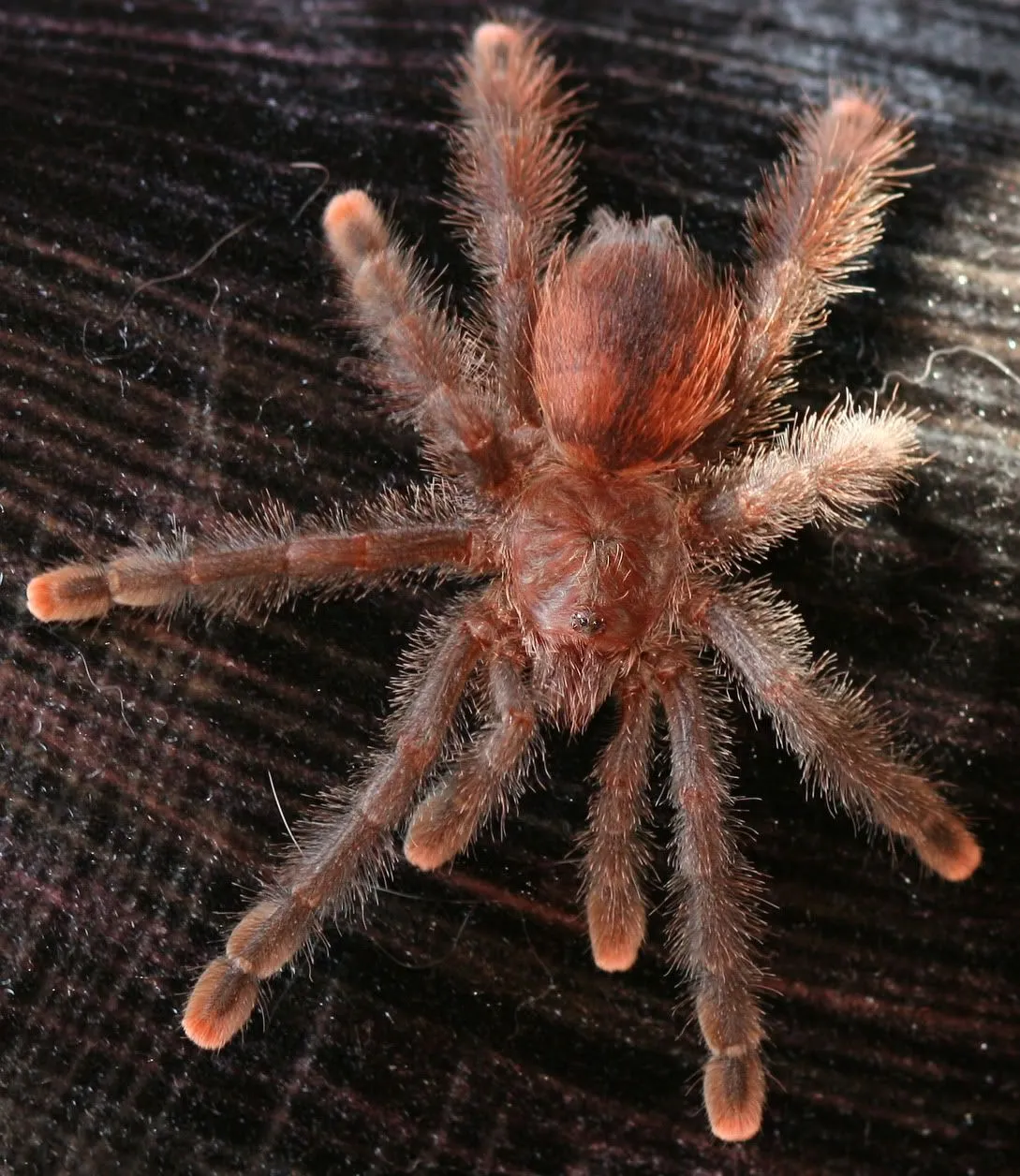
There are many misconceptions about Pink Toe Tarantula bites. One myth is that they are extremely dangerous and often fatal, which is untrue. The reality is that the venom is mild, and serious complications are rare. Another myth is that tarantulas are aggressive and always ready to bite, but they are generally docile and bite only when provoked. It’s important to dispel these myths to promote a realistic understanding of tarantulas and their behavior. Educating yourself and others about the facts is essential to responsible tarantula ownership and interaction.
Pink Toe Tarantula Bite First Aid & Treatment
Immediate Steps
If bitten by a Pink Toe Tarantula, the first step is to remain calm. Wash the bite area thoroughly with soap and water to prevent infection. Apply a cold compress to reduce pain and swelling. Elevate the affected limb to help minimize swelling. Monitor the bite site for any signs of infection or allergic reaction. If symptoms worsen or you experience difficulty breathing, seek immediate medical attention. Documenting when and how the bite happened can also be helpful for your doctor.
When to Seek Medical Attention
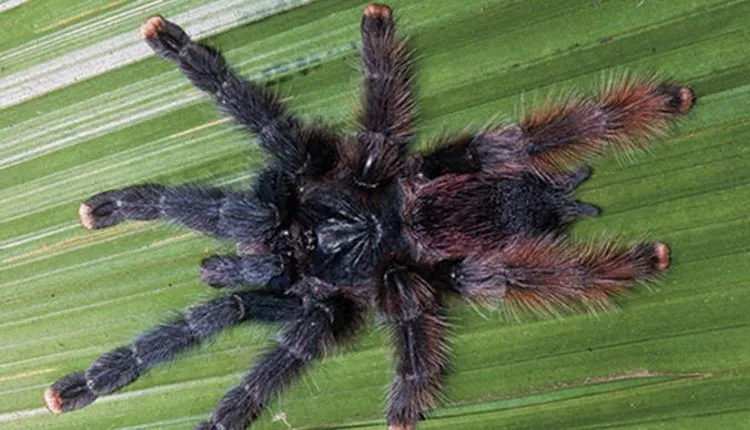
Medical attention is necessary if you experience severe symptoms after a Pink Toe Tarantula bite. Seek help immediately if you have difficulty breathing, swelling of the throat or face, or any signs of a severe allergic reaction. If the bite area becomes increasingly red, swollen, or shows signs of pus, it could be infected, and medical care is warranted. Any systemic symptoms, such as nausea, dizziness, or fever, should also prompt a visit to a healthcare provider. Always err on the side of caution, especially if you have a history of allergies or health concerns.
Long-Term Care
Long-term care primarily involves monitoring the bite site for any complications and maintaining good hygiene. Keep the area clean and dry, and avoid scratching the bite to prevent infection. If the bite site itches, apply an anti-itch cream. Follow any medical advice provided by your healthcare provider. In most cases, a Pink Toe Tarantula bite will heal without any long-term effects. However, always monitor the site for signs of infection or any unusual changes, and seek additional medical care if needed. Follow-up care is important for a smooth recovery.
Conclusion
Understanding Pink Toe Tarantula bites is crucial for responsible pet ownership and safe interaction with these fascinating creatures. While the bites are typically not dangerous, it’s essential to be aware of potential risks and how to respond effectively. By following the guidelines provided, you can minimize the risk of being bitten and manage the situation should it occur. Remember to prioritize safety, handle tarantulas with care, and seek medical attention if needed. With the proper knowledge and precautions, you can enjoy the unique experience of owning a Pink Toe Tarantula.
